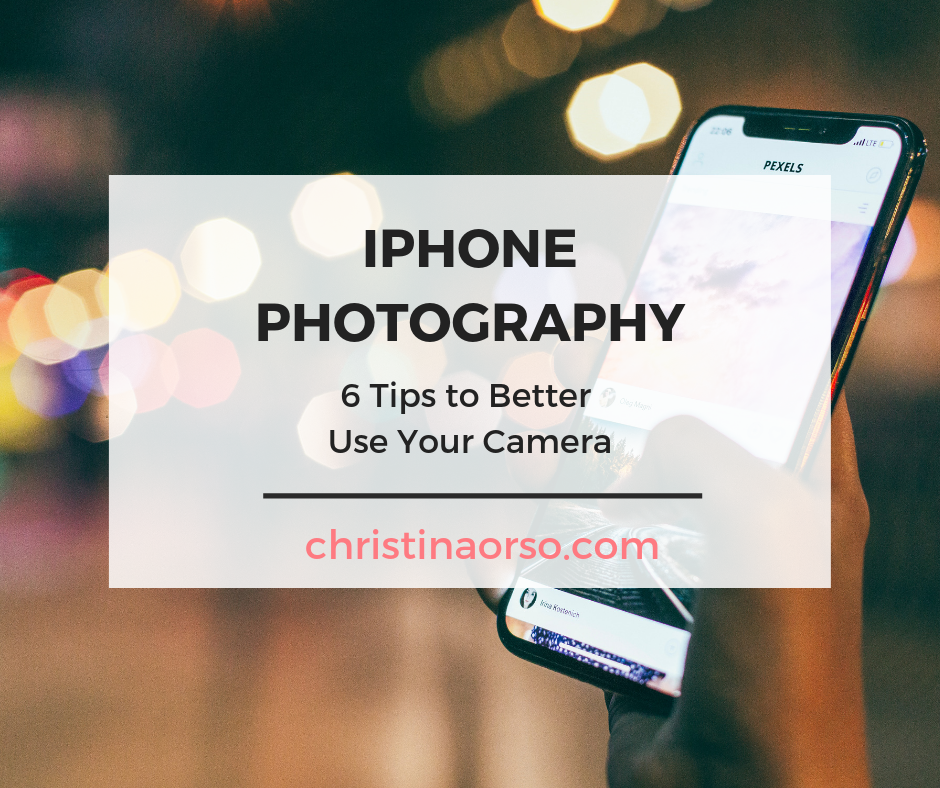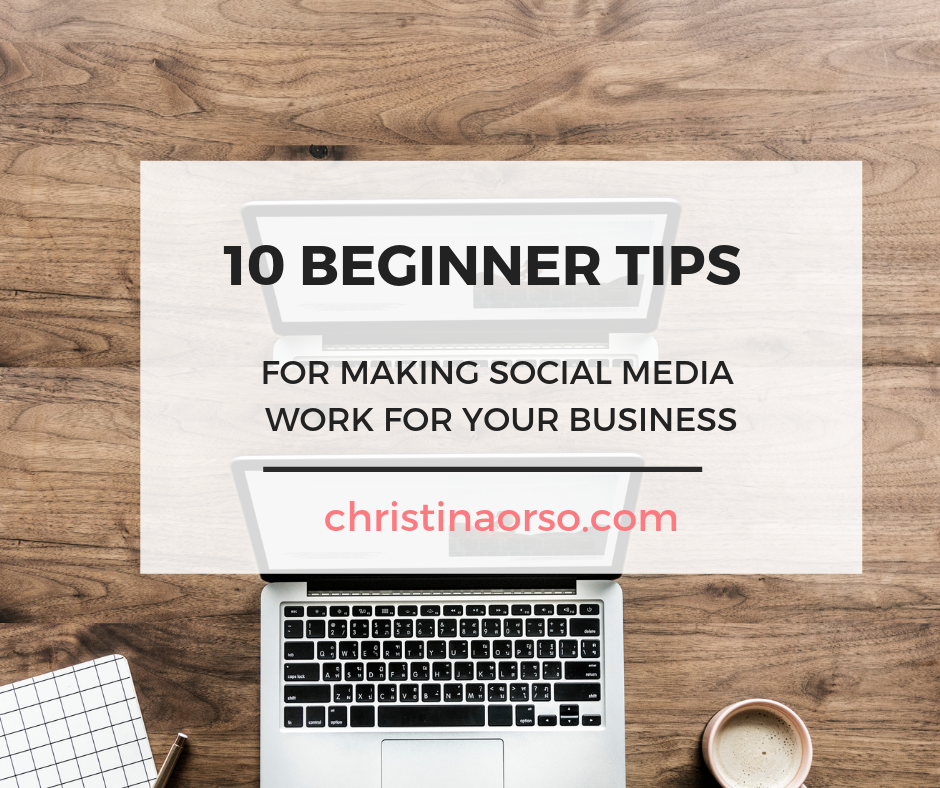 Often times, the best camera you have is the one right in your back pocket. You can easily seize an opportunity to snap a great pic by pulling it out and clicking away. Today I’m sharing some tips on what you must do when taking photos with your iPhone.
Often times, the best camera you have is the one right in your back pocket. You can easily seize an opportunity to snap a great pic by pulling it out and clicking away. Today I’m sharing some tips on what you must do when taking photos with your iPhone.
1. Quick, Capture it! Sometimes scrambling for your phone, unlocking it, and pulling up the camera app takes too long. Luckily, the iPhone has a pretty nifty feature that allows immediate access to the camera. Pick up your phone, swipe up to the access control feature, and click the camera button. For older iphone models, touch the home button, and swipe left to directly open up your camera.
2. Get Focused. Now that you’re able to quickly get to your camera, let’s take control of your focus. The iPhone will always try to automate two functions on its own: focus and exposure. Have you noticed that yellow square that shows up when you tap on the screen? That’s the focus feature. Notice how the picture and its tone change as you tap different areas of the photo. Focusing on the right subject can make a huge difference in the story you tell. Make sure to tap exactly what you want in clear focus.
3. Adjust Your Exposure. As you click around, you’ll notice the photo will change its brightness, otherwise known as exposure. The iPhone’s exposure feature takes into account brightness, shadows, highlights, contrast, and coloring. It’s better to “underexpose” rather than “overexpose”, meaning it’s better to let your picture be taken a little darker rather than too bright. An underexposed photo can be properly edited to create the look you want. This will be much more difficult with an overexposed, blown out photo. To change the exposure on your camera, tap once to get that focus square over your target subject, then tap again. Hold down your finger and swipe up or down. Swiping down will lower your exposure while swiping up with increase your exposure.
4. Don’t Lose It! You’ll want to make sure you’re getting the exact frame, composition, and angle that you want. Moving your camera will automatically change the settings you played around, but lucky, the settings can be locked. Simply hold down your finger on the focus box until you see the AE/AF Lock in yellow on top of your screen.
5. Photo Composition. Composition is the act of putting something together, and in photography, we think of it as the arrangement of the visual elements in a photo. A well-known rule for a successful composition is “the rule of thirds”. Imagine there’s a 3×3 grid over your photo. The idea is that if you place the important subjects either at the points of intersection or along the grid lines, it will appear the most attractive for a viewer to look at. The iPhone has a “grid lines” feature to help you see the composition of your photo. To turn it on, just go into Settings, Camera, and then turn on the “grid” section.
6. Use those Headphones, Too. Believe it or not, your iPhone headphones can help you take photos. When plugged in, you can easily snap a picture with the volume buttons. This is great for street photography, where you may want to be subtle with your photo taking. The headphones can also be a lifesaver when you’re using a tripod. Just like a traditional camera, iPhones can be extremely sensitive to movement. Even just the click of a button can create enough movement to blur your photo. When your camera is on a tripod, and you’re able to take the shoot with the headphone buttons, any unwanted movement is eliminated, keeping your photo still and focused.
Stay tuned for an upcoming post on the best iPhone apps! Got any more tips or tricks? Feel free to share your own below!



